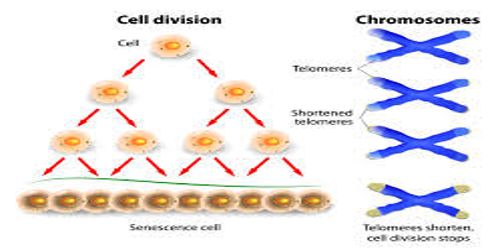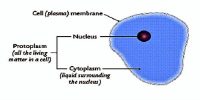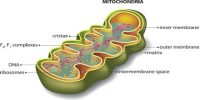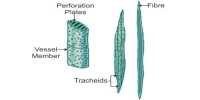Every living body is composed of a cell. Some living bodies are made of only one cell. They are called unicellular organism, e.g. Bacteria, Amoeba, Plasmodium, some Fungi and some Algae. Some living bodies are made of more than one cell. These are called multicellular organism. Living cells divide to form new cells in order to repair worn-out or damaged tissues throughout an organism, and (in the gametes only) to enable the exchange of genetic material at the initial stage of the process of sexual reproduction. (A gamete is a mature sex cell, specifically the ovum of the female or the spermatozoon of the male.)
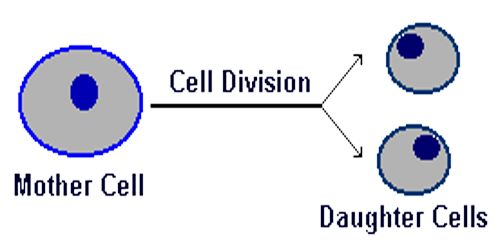
There are many living bodies, which are made of millions of cells. Living bodies like human. beings or mango tree etc. are composed of millions of cells. Unicellular organisms increase their number (multiply) by cell division. In this process one cell divides into two, two to four and so on. In multicellular organisms, a large body consisting of millions of cells develops by cell division from the embryo, which also develops from a single fertilized egg. A young seedling developed to a large tree by cell division. Again new generation is created from male and female gametes formed by cell division. But all these divisions are, not alike. The processes of division are of different types and the results are also different.
The two types of cell division are generally called mitosis and meiosis but, strictly, these terms refer to the stages of division of the cell nucleus for somatic (non-reproductive) and reproductive cells, respectively.
